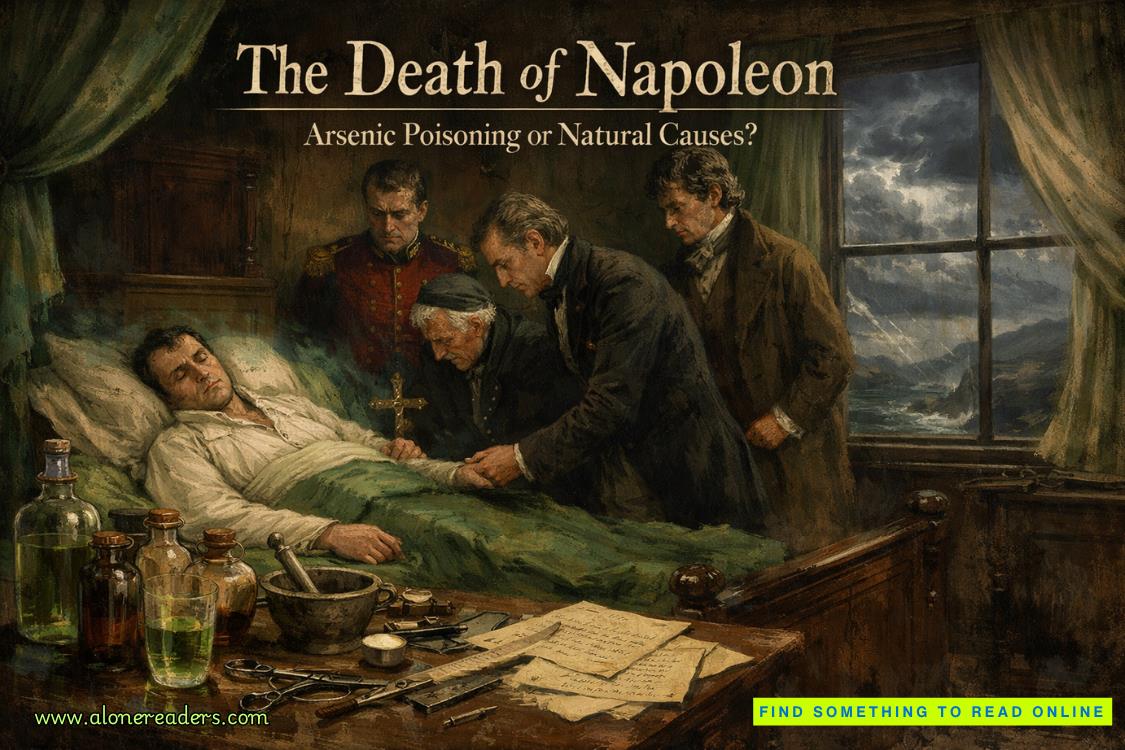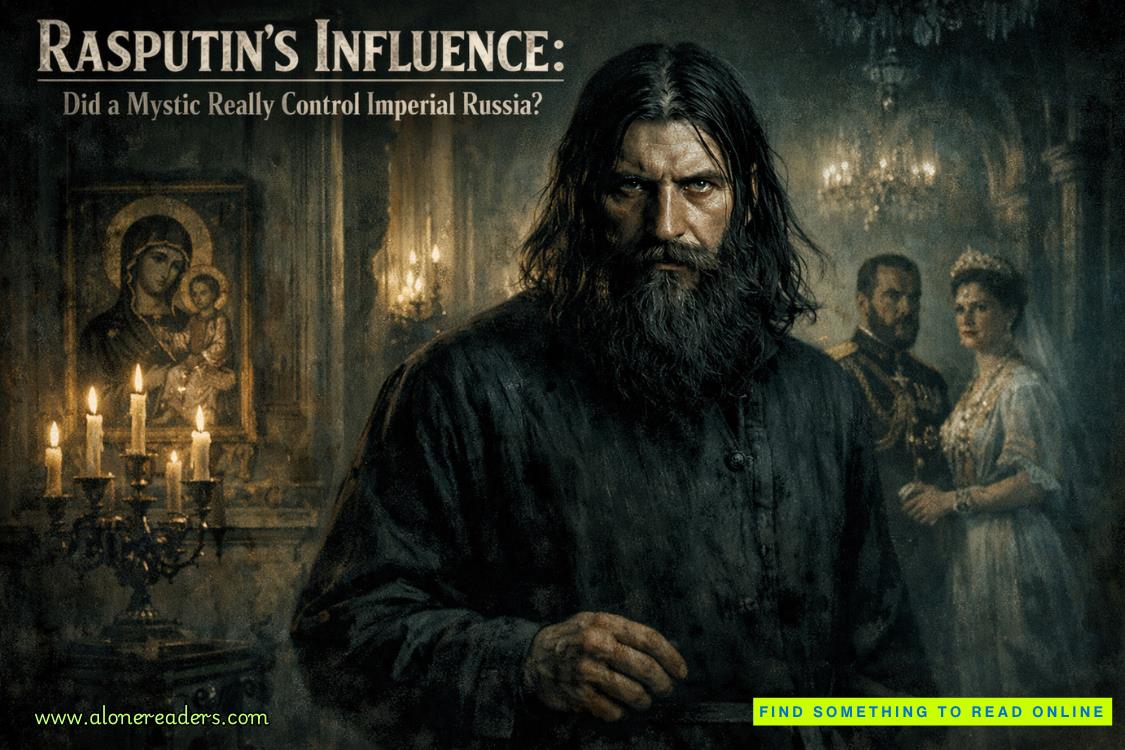“I can see,” I said, setting down my coffee and taking out a notebook. “But we can just chat casually, can’t we?”
“About what?”
“Like I said at lunch, I’m writing an article about Hildegard, and I wondered if I could interview you.”
She raised an eyebrow. “Are you seriously writing an academic article about Hildegard?”
“Yes,” I said, taking a seat on a nearby bench. “This place issuch a unique institution. I was wondering about the faculty’s social life.”
“None of ushavea social life.”
“Okay,” I said, pretending to look down at my notes. “But someone mentioned that Isabelle might have been friends with one of the custodians who worked here?”
Aspen frowned. “Who mentioned that?”
“Maybe not a custodian, maybe kitchen staff?”
Aspen looked confused. “No. Who told you that?”
“I can’t recall.”
“Sure you can,” she said, pulling her hands out of the soil and removing her gloves. “You must have it in your notes. Look through them and figure out who said what.”
“I don’t want to waste your time with that,” I said with what I hoped was professionalism.
“I’ll wait,” she said, crossing her arms with an air of great patience.
She had me there, so I just stared at her, unsure how to get out of this.
“You know,” she continued, “whatever it is you’re trying to do right now, you are exceptionally bad at it. Is there something you want to ask me?”
I tried to seem casual, but she was right. I was bad at this. I was an academic, not a spy.
“How do you know Paloma?” I asked at last, realizing that bluntness was probably my only option at this point.
Aspen shook her head slowly, her eyes searching me. “I don’t think I know anyone named Paloma.”
“Really?”
“Yes really. Why are you asking all these questions?”
“The relic—” I started to say, but she cut me short with an exasperated breath.
She closed her eyes and rubbed her forehead with obvious exhaustion, and then all but ignoring me, she turned her attention to some startlingly yellow blooms.
“Marigold?” I asked, and she looked at me like I’d just spread mud all over a new carpet.
“Dianthus. For someone who studies herbalism in any fashion, you know shockingly little about plants.” She tilted her head and stared at me like a doctor trying to diagnose a puzzling disorder. “Robin, do you know what the doctrine of signatures is?”
“The doctrine of signatures?” It was an ancient theory that the physical appearance of a plant gave an indication of what it would treat. I’d heard of it, but knew very little about it. “Was that Plato?”
“It was put forth by Paracelsus and taken up by myriad scholars, including Thomas Browne. I am something of a fan myself. You know,” she said, gently touching the dianthus, “according to the doctrine of signatures, the color of a plant can signal its use. For instance, yellow corresponds to urine and phlegm, so you could use a yellow plant to treat diseases of the kidneys or lungs.”
“If I’m not mistaken, using plants that way has killed people.”
“True,” said Aspen. “But the theory itself isn’t wholly without merit. Think about ginseng. It’s a whole-body tonic. And it’s especially effective as a virility enhancer.”
I shook my head. “Next you’re going to tell me that ginseng looks like a man?”















